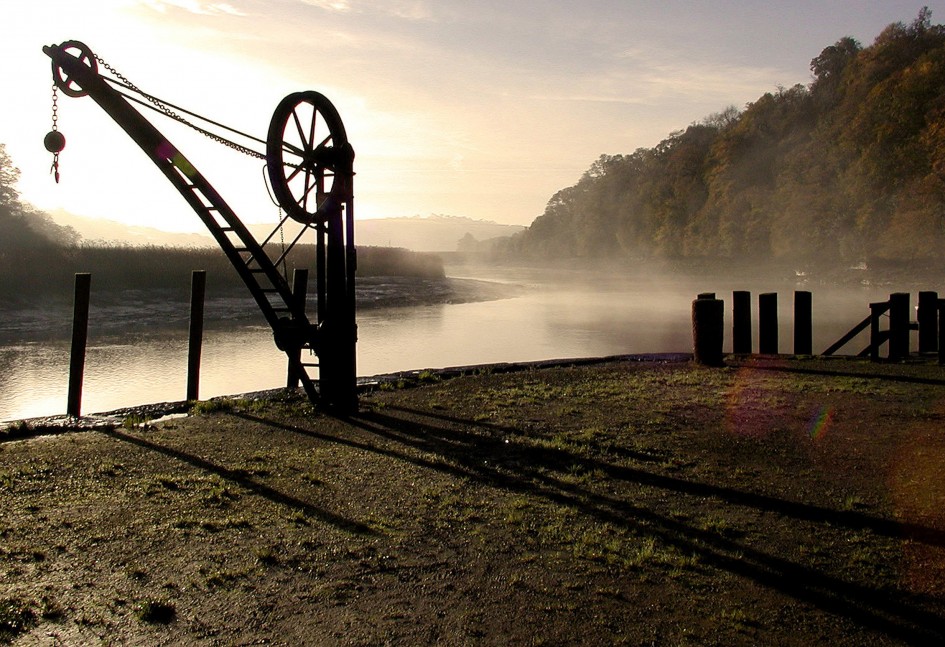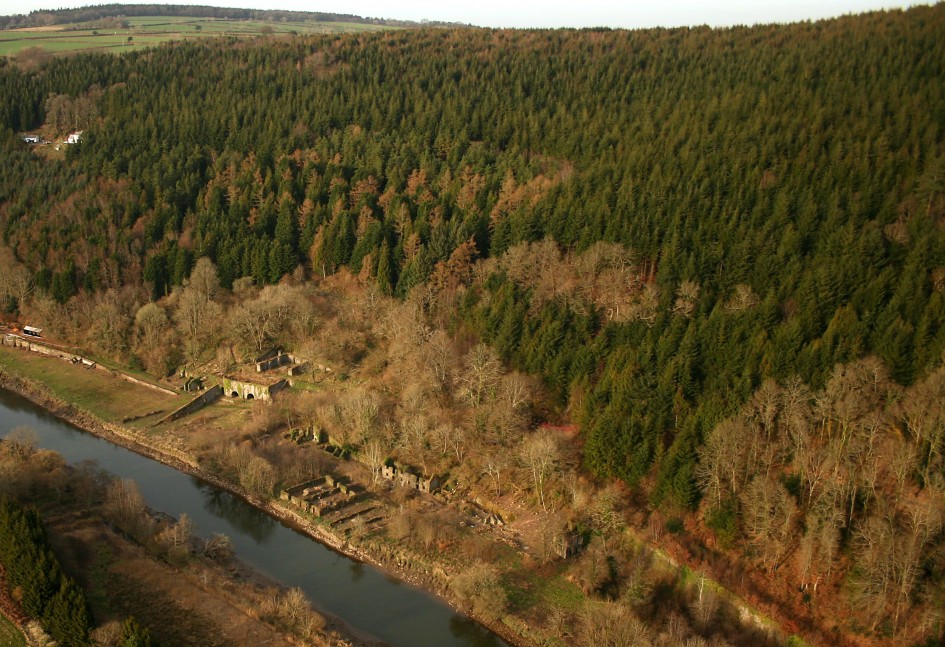The River Tamar Project is a public art programme that commissions and works with creative practitioners who occupy the space between art, architecture, design, science and technology.
Working with the communities who live on its banks, our mission is to explore a future human use for the River Tamar. Our remit covers 22 miles of the rivers tidal length and the surrounding rural area, including West Devon, East Cornwall and Plymouth. We create projects that consider this natural asset and help develop new thinking and innovative ideas for the rivers future, whilst understanding its past. Our approach is to commission work that explores the international reach and context of the river, and work with the most exciting arts practitioners and innovators to create a major cultural programme for the area.
The River Tamar Project was formerly established in 2012. Now based at Plymouth University, we form part of the public arts programme at Peninsula Arts and are partnered with the Marine Institute and Centre for Sustainability.
The project developed from the original vision of Mike Hooton, the proprietor of Weir Quay Boatyard, who wanted to reconnect the river to those who live along its banks. From an initial study in 2001 by Stephen Hetherington (formerly of Salford Quays), two ideas were developed to create the project. The first initiative was for a solar-powered floating classroom and the other idea was for a public art strategy for the River Tamar; a programme involving the engagement and commissioning of artists to produce temporary and permanent work examining the context of the river. In 2010 the project, supported by the Tamar Valley AONB and funding from Arts Council England, commissioned Isabel Vasseur of Art Office to prepare an arts strategy. This arts strategy was developed to support the overall vision of the River Tamar Project to create a new human purpose for the River Tamar.
Paula Orrell, Artistic Director of the River Tamar Project, describes the origins and aspirations of the River Tamar Project to re-engage people with the river in relation to the project’s first commission, Adam Chodzko’s Ghost.
- Envisioning a future use of the River Tamar.
- Exploring art as a catalyst for social change in the region.
- Creating awareness of environmental issues and their impact.
- Inspiring young people to approach the world in new ways.
- Supporting existing arts and artists working along the river.
- Celebrating and working with our community partners.
- The creation of a solar powered floating classroom.
– Laura Smith
Exhibition and Displays Curator
Tate St Ives
the opportunity for communities to look beyond the local to a unified and shared history and resource."
– Kim Wide, Take A Part
– Tim Eastop, Canal and River Trust
– Chris Arscott, Ocean City Festival





